What Drinks Are Prepared By Pressing Ingredients
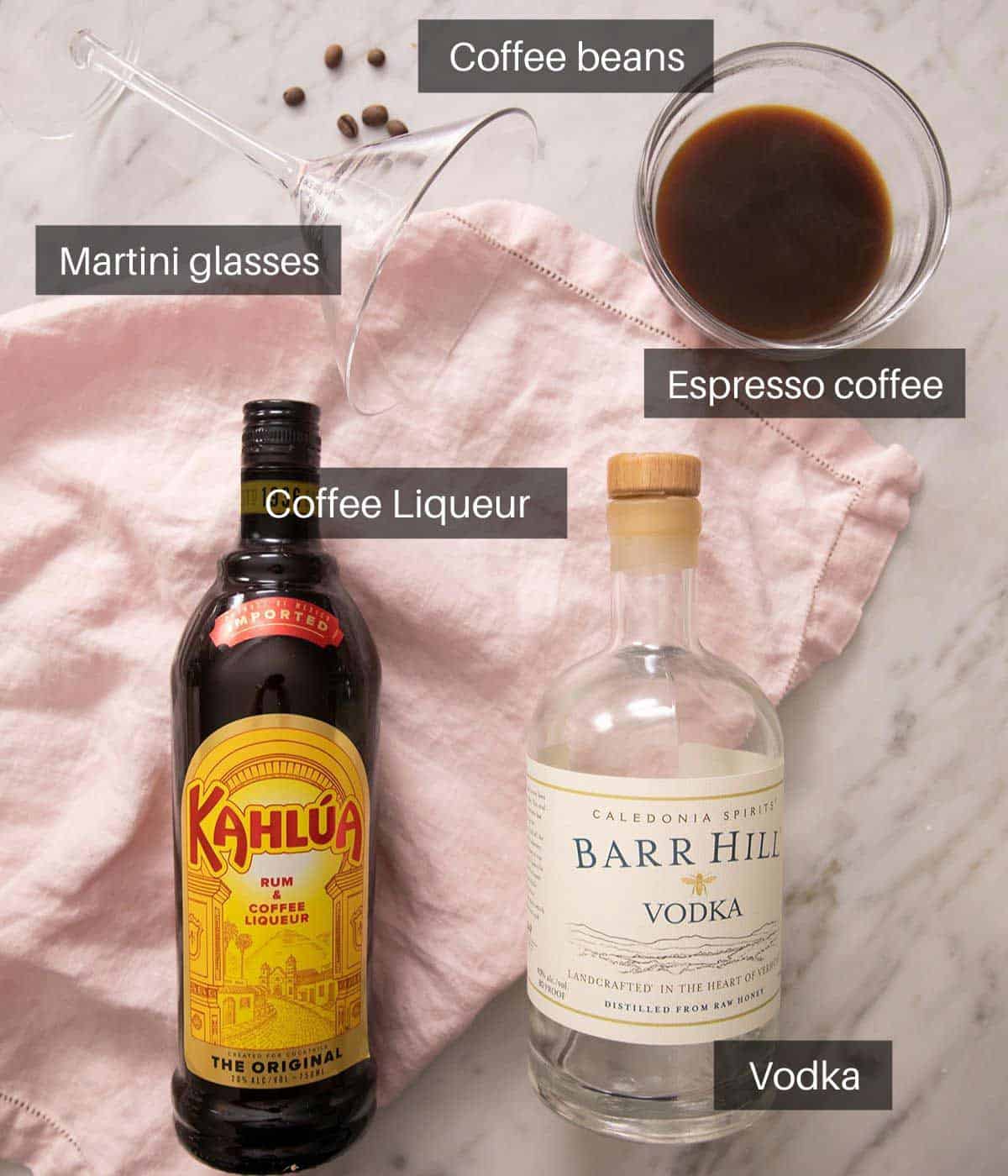
From the vibrant green hues of freshly squeezed juice to the rich, complex flavors of cold-pressed coffee, a growing segment of the beverage industry is defined by a single, powerful act: pressing. This method, which extracts liquids through physical force, is gaining traction not only for its perceived health benefits but also for the unique flavor profiles it unlocks. But what exactly constitutes a "pressed" drink, and what are the nuances that differentiate various pressing techniques?
This article delves into the world of beverages prepared by pressing ingredients, exploring the methods, the motivations, and the market forces driving their popularity. We will examine the science behind pressing, the specific types of drinks produced using this technique, and the potential advantages and disadvantages compared to other extraction methods. We will also touch on the environmental considerations and the future trends shaping this dynamic segment of the beverage industry.
The Science of Pressing: More Than Just Squeezing
The fundamental principle behind pressing is simple: applying mechanical pressure to rupture cells and release their liquid contents. This can range from the manual squeezing of citrus fruits to the sophisticated hydraulic presses used in commercial juice production. The key difference lies in the level of control and the potential to minimize oxidation and heat generation.
Cold-pressing, a widely lauded technique, specifically aims to extract juice without introducing significant heat. This is crucial, proponents argue, because excessive heat can degrade heat-sensitive vitamins, enzymes, and antioxidants, potentially diminishing the nutritional value of the final product. Furthermore, cold-pressing is believed to preserve the delicate flavors and aromas of the raw ingredients, resulting in a superior sensory experience.
Juices: The Quintessential Pressed Beverage
Juice, in its myriad forms, is undoubtedly the most recognizable type of pressed drink. From the humble orange juice to elaborate green concoctions, pressing is the method of choice for extracting liquid from fruits and vegetables. Cold-pressed juices, in particular, have gained immense popularity, fueled by the perception of enhanced nutritional content and flavor.
Companies like Pressed Juicery have built entire businesses around the concept of cold-pressed juice, emphasizing the use of fresh, high-quality ingredients and the absence of preservatives or artificial additives. However, it's important to note that not all juices labeled "cold-pressed" are created equal. Factors such as the quality of the produce, the efficiency of the press, and the storage conditions can all influence the final product.
"The cold-pressing process allows us to extract the maximum amount of nutrients and flavor from our produce," says a representative from Pressed Juicery in an official statement. "We believe that this is the best way to deliver the health benefits of fruits and vegetables to our customers."
Coffee: Beyond the Brew
While traditionally associated with brewing, coffee can also be prepared using pressing techniques, most notably through cold brew. Cold brew coffee involves steeping ground coffee in cold water for an extended period, typically 12-24 hours, followed by pressing the mixture to separate the coffee grounds from the extracted liquid. This process yields a concentrate that is then diluted with water or milk before serving.
The resulting beverage is characterized by its low acidity and smooth, naturally sweet flavor profile. Unlike traditional hot brewing methods, cold brew avoids the extraction of bitter compounds, making it a more palatable option for some coffee drinkers. The slow extraction process also allows for a more nuanced development of flavors, highlighting the unique characteristics of the coffee beans.
Other Pressed Beverages: Expanding the Horizons
Beyond juices and coffee, pressing techniques are employed in the production of a diverse range of beverages. Certain types of nut milks, such as almond milk and cashew milk, are made by soaking nuts in water and then pressing the mixture to extract the liquid. This process allows for the creation of a creamy, dairy-free alternative with a distinct flavor.
Additionally, some teas and herbal infusions are prepared by pressing the ingredients after steeping, ensuring maximum extraction of flavor and beneficial compounds. This method is particularly common in traditional herbal remedies and artisanal tea blends. Exploring new applications of pressing techniques is an ongoing area of innovation within the beverage industry.
Advantages and Disadvantages: Weighing the Options
The allure of pressed beverages lies in their perceived health benefits and superior flavor profiles. Cold-pressing, in particular, is often touted as a superior method for preserving nutrients and minimizing oxidation. However, it's important to acknowledge the potential drawbacks.
One major consideration is the cost. Cold-pressed juices, for example, are typically more expensive than their conventionally produced counterparts due to the higher cost of equipment and the more labor-intensive process. Furthermore, the shelf life of pressed beverages can be shorter than that of processed alternatives, requiring careful storage and consumption.
From a nutritional standpoint, while cold-pressing may help preserve certain nutrients, it does not necessarily guarantee a healthier product overall. The nutritional value of a juice or beverage ultimately depends on the quality and quantity of the ingredients used. A juice made with primarily high-sugar fruits, even if cold-pressed, may not be a healthy choice.
The Future of Pressed Beverages
The market for pressed beverages is expected to continue its growth trajectory, driven by increasing consumer awareness of health and wellness. Innovations in pressing technology are likely to further improve efficiency and reduce costs, making pressed beverages more accessible to a wider audience. Furthermore, expect to see more creative and innovative flavor combinations as producers explore the potential of pressing techniques to unlock new sensory experiences.
Environmental considerations will also play an increasingly important role. The beverage industry as a whole is under pressure to reduce its environmental footprint, and pressed beverage producers are no exception. Sustainable sourcing of ingredients, efficient waste management, and eco-friendly packaging will be crucial for ensuring the long-term viability of this segment of the market. As the demand for healthier and more sustainable beverages continues to rise, pressing techniques will undoubtedly remain a prominent feature of the beverage landscape.
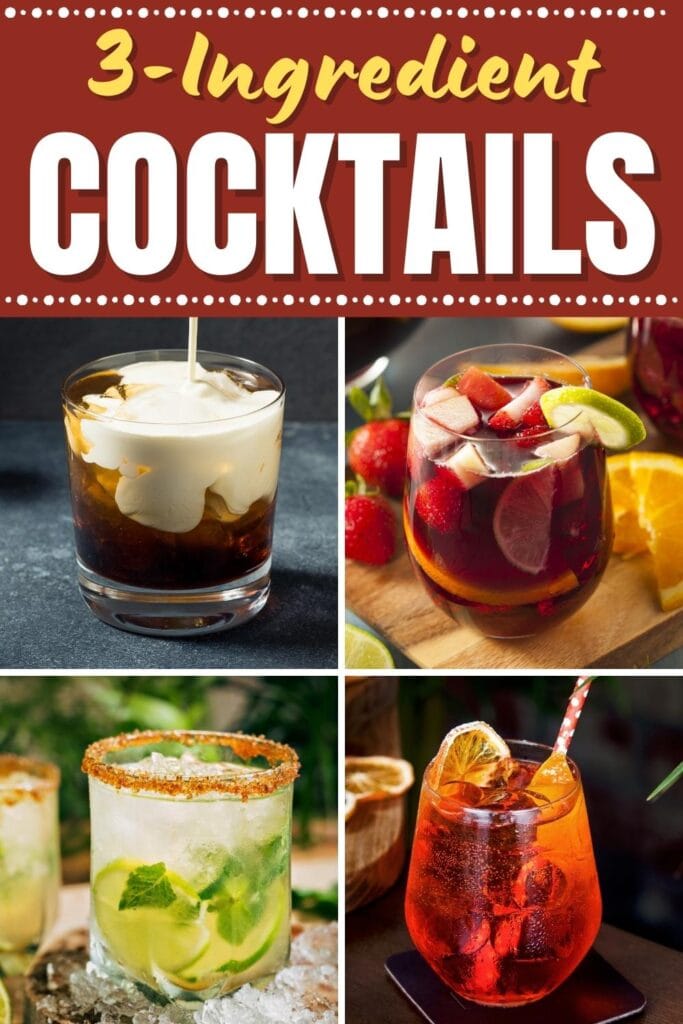


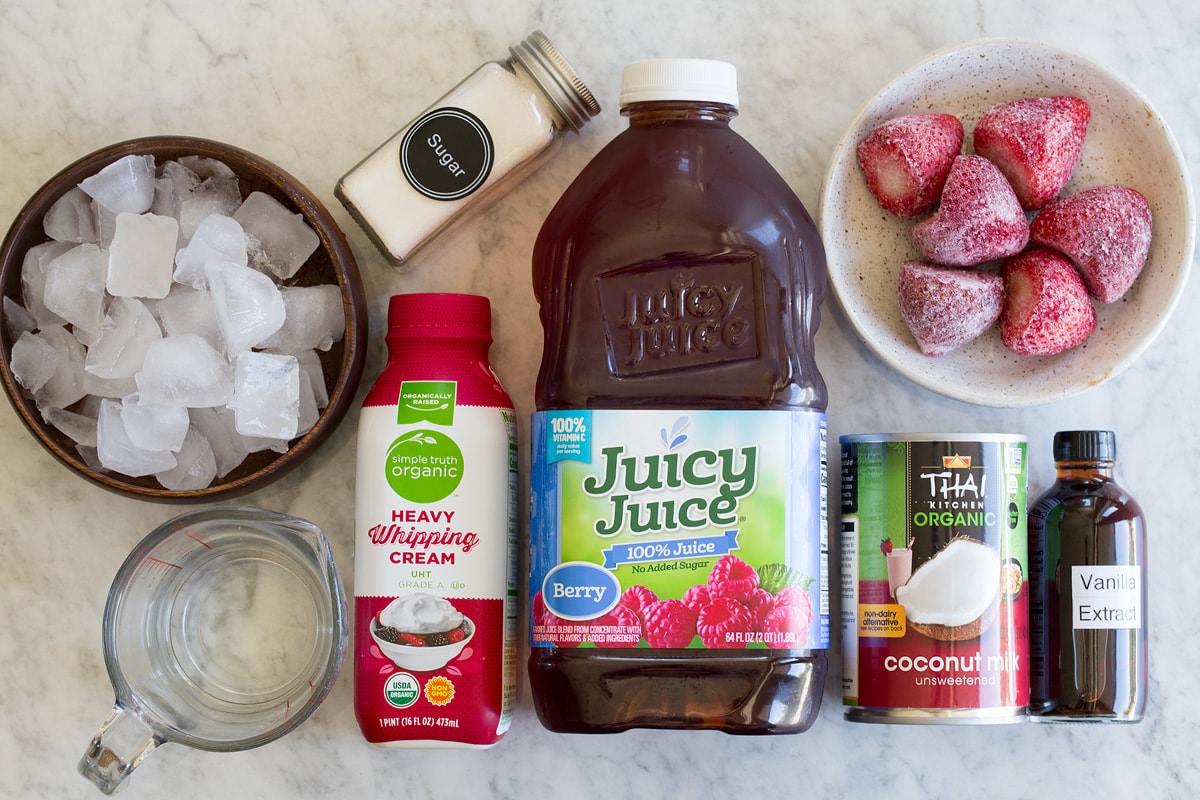

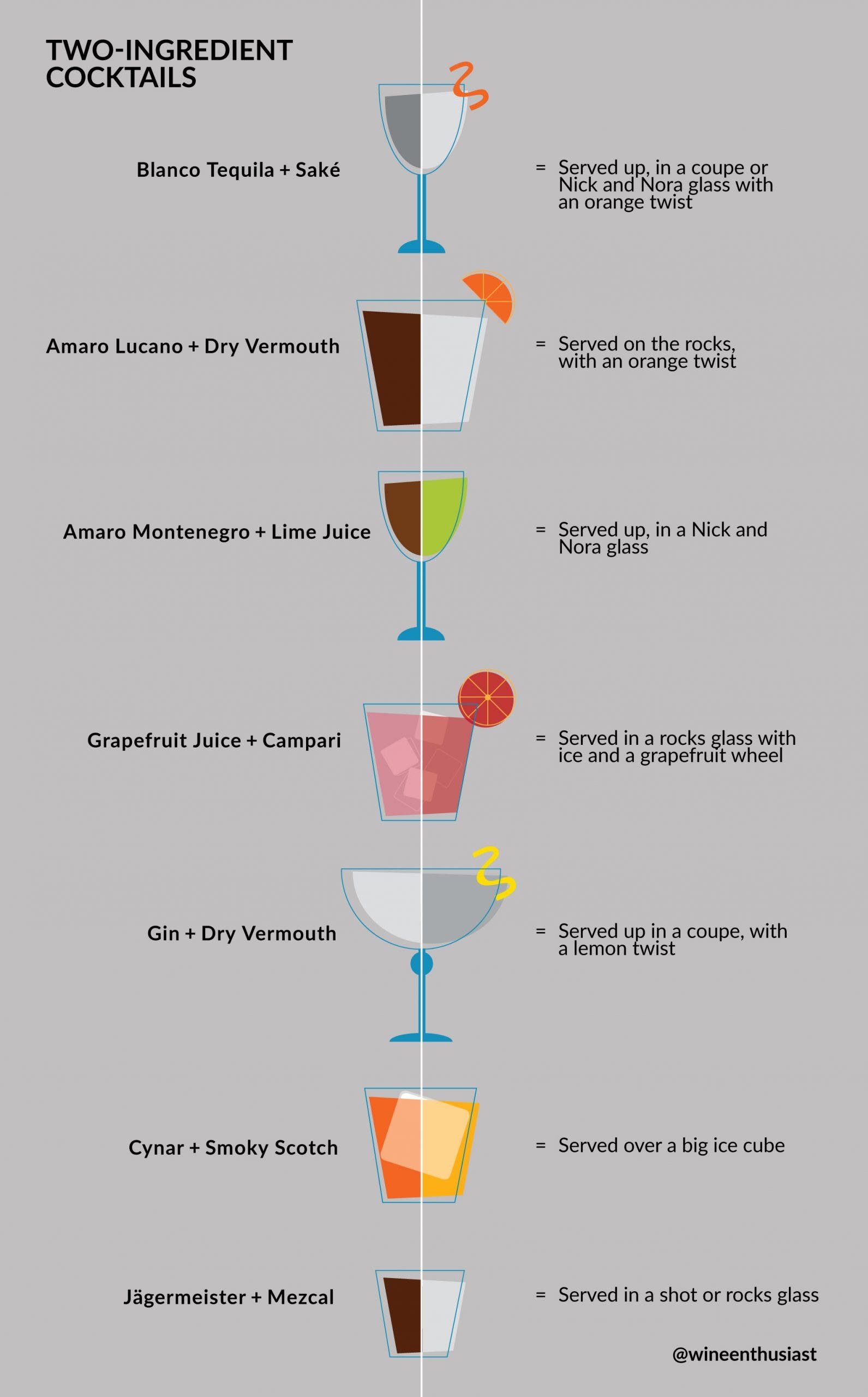
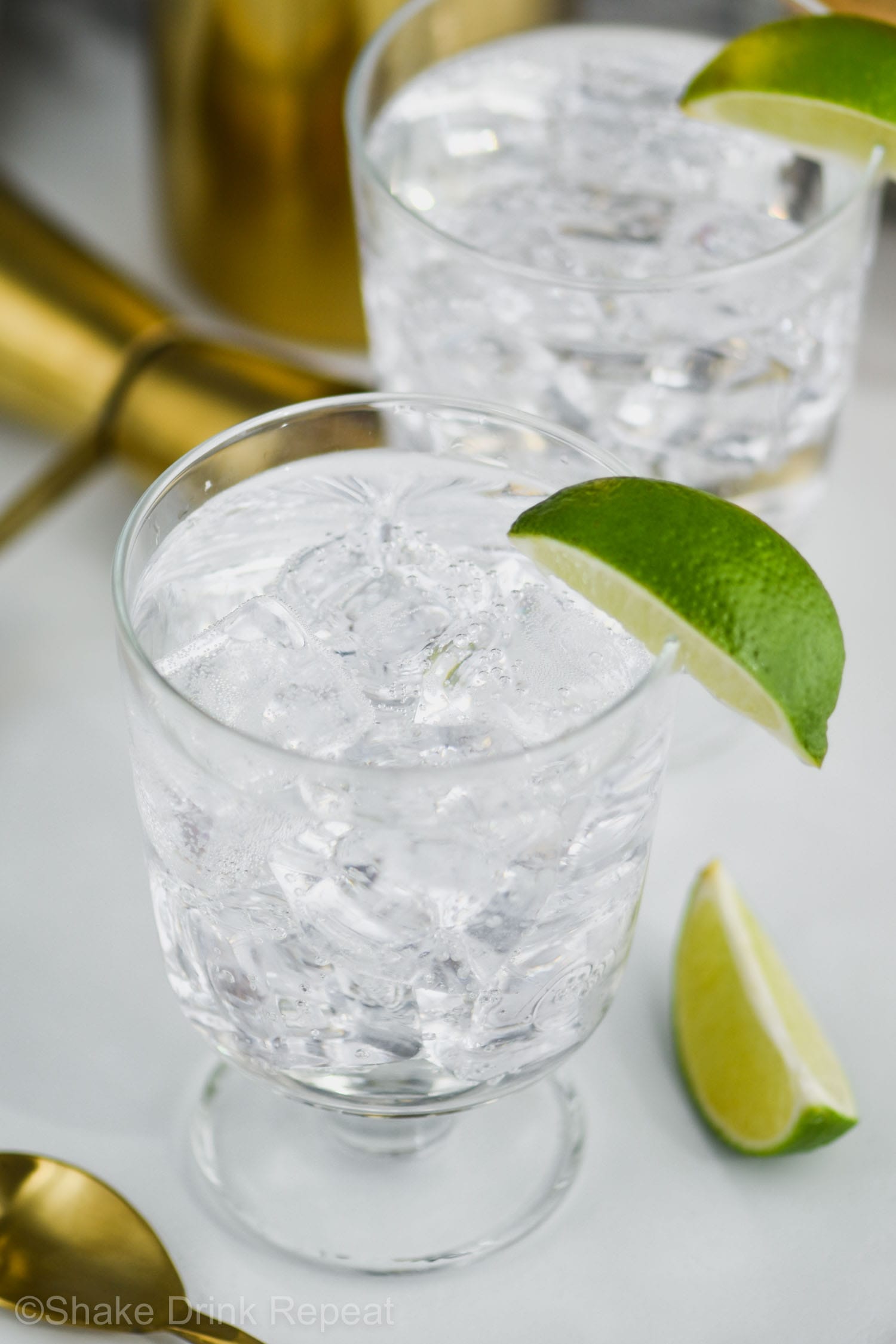





:max_bytes(150000):strip_icc()/HowToMuddle-GettyImages-83190012-56a174d55f9b58b7d0bf71d2.jpg)


